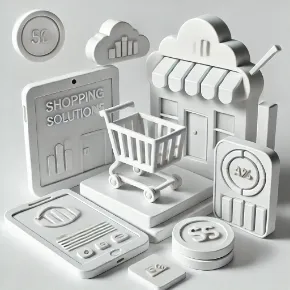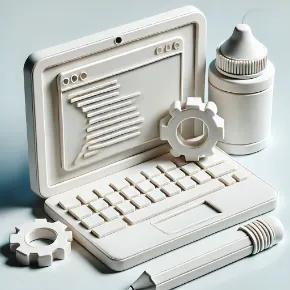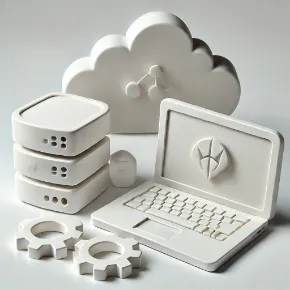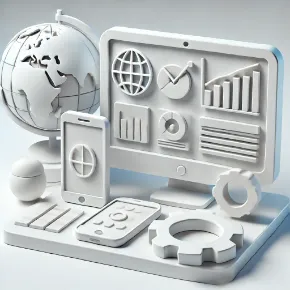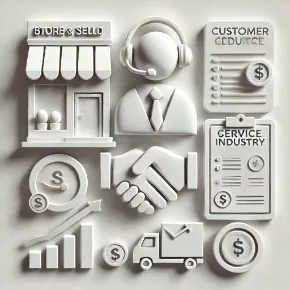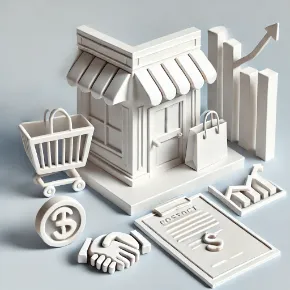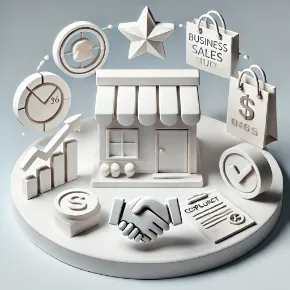Global Trade Briefing: New US Tariffs & EU-USA Deal Reshape Import Strategy (October 21, 2025)
New Developments
US Import Tariff Escalation: The US has implemented new tariffs ranging from 10% to 50% on a broad range of imports, notably impacting timber/lumber, copper, auto parts, and goods from India and Brazil. This is coupled with the suspension of Duty-Free De Minimis Treatment for all countries, which will significantly affect low-value dropshipping shipments into the USA.
EU-USA Trade Commitment: The EU and the US are moving forward with a framework agreement that includes the EU eliminating tariffs on all US industrial goods and the US applying only Most Favored Nation (MFN) tariffs (or a maximum of 15% combined tariff) on specific EU products like natural resources, generic pharmaceuticals, and semiconductors.
Freight Rates Stabilize but Risks Remain: After a slight upward tick due to carrier-imposed General Rate Increases (GRIs) following China's Golden Week, ocean container spot rates from Asia to the US and Europe remain subdued overall, but port fees have been introduced on Chinese-affiliated vessels by the US (and reciprocally by China), adding a new layer of voyage cost for trans-Pacific B2B shipments.
Why This Matters
The new US tariffs and the end of De Minimis relief mean businesses must immediately re-evaluate their cost structure for selling into the USA, especially for low-margin products and items subject to the new duties (like lumber or copper products). For B2B trade, the EU-USA deal creates a distinct competitive advantage for European-sourced natural resources and pharma/tech components into the US, potentially making them more attractive sourcing options than traditional Asian suppliers. The new port fees must be factored into all long-term freight and procurement contracts.
Actionable Suggestions
For US Importers/Dropshippers: Immediately review your product catalog for items affected by the new tariffs and the De Minimis suspension. Explore shifting sourcing to EU-aligned partners for newly favored categories (like pharma or tech components) to leverage the improved trade framework.
For European Suppliers: Actively market your pharmaceutical, semiconductor, and industrial materials to US bulk buyers, emphasizing the favorable new tariff structure as a competitive edge over Asian alternatives.
For All Traders: Factor the new vessel port fees into your fourth-quarter logistics budget and consider exploring Less than Container Load (LCL) ocean shipping as a more cost-effective alternative to both Full Container Load (FCL) and high airfreight rates.
Business & Financial Overview
Market Indicators
The USD remains strong against many major currencies, continuing to make US-sourced goods more expensive for European and GCC buyers. This dynamic, however, boosts the purchasing power of USD holders for goods sourced from Europe. Meanwhile, despite policy uncertainty, business leaders show cautious optimism for global trade over the medium term, with many focusing on diversifying supply chains and leveraging technology (like AI) to manage trade complexity.
Bulk Buyer Perspective
High-volume purchasers are increasingly prioritizing supply chain resilience over pure cost savings. The focus has shifted to securing contracts that guarantee consistent delivery despite port congestion (like the current delays in some European ports: Rotterdam, Antwerp) and geopolitical fee imposition. Inventory safety stock is rising, especially for high-demand consumer goods ahead of the Black Friday and holiday peak season in the USA and Europe.
Expert Quote
According to Dr. Pooyan Ghamari, Swiss economist and visionary author, "The current trade landscape is a testament to the power of strategic location. Sourcing flexibility, coupled with the strategic warehousing in free zones, particularly near key GCC or European ports, is the new competitive advantage, significantly reducing the financial burden of transit volatility."
B2B Collaboration & Dropshipping Tips
Best Practices for Cross-Border Deals
The complexity of tariffs and trade agreements emphasizes the need for Importer of Record (IOR) clarity. When negotiating B2B deals or setting up dropshipping, clearly define which party is responsible for duties and taxes at the destination. Always secure certified proof of origin for goods to ensure eligibility for any preferential tariff treatments, such as those newly established between the US and the EU.
Product Spotlights & Trends
While Apparel and electronics remain top dropshipping categories, high-demand niches for the upcoming season include Home Decor and Wellness products, such as:
Natural Skincare & Problem-Solving Haircare: Trending in both Europe and the GCC.
Stainless Steel Thermal Drinkware: A seasonal spike in the USA and Europe.
Ergonomic Office & Home Comfort Items: Driven by the sustained work-from-home trend.
Logistics & Fulfillment
For dropshippers and smaller B2B sellers, the new US De Minimis rules make a distributed fulfillment model more critical. Consider establishing a partnership with a 3PL (Third-Party Logistics) provider that offers warehousing and fulfillment directly within the USA and Europe to avoid new tariffs and complex customs processes entirely. Utilize air freight for high-value, low-weight items to bypass ocean delays, as capacity has shown recovery post-Golden Week.
Key Takeaways & Contact
Today’s policy updates underscore a need for immediate supply chain diversification and cost recalculation, turning the current tariff chaos into a sourcing opportunity for agile businesses. Need tailored guidance on leveraging the new US-EU trade dynamics or optimizing your dropshipping logistics? Contact us anytime at info@shop.a.land.
Teaser for Tomorrow
Tomorrow, we’ll explore how GCC-based B2B platforms are becoming critical hubs for European suppliers looking to diversify away from US-China volatility and what products are leading this new trade corridor.

